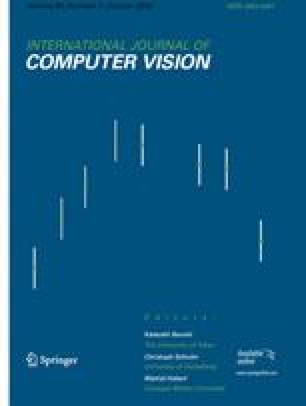重构前的模拟:用特征模拟增强掩码自编码器
摘要
掩模自编码器(MAE)是一种流行的大规模视觉表征预训练方法。然而,MAE仅在解码器之后重建低级RGB信号,缺乏对编码器高级语义的监督,因此存在次优学习表征和较长的预训练时间。为了缓解这一问题,以前的方法只是简单地替换75的像素重建目标% masked tokens by encoded features from pre-trained image-image (DINO) or image-language (CLIP) contrastive learning. Different from those efforts, we propose to Mimic before Reconstruct for Masked Autoencoders, named as MR-MAE, which jointly learns high-level and low-level representations without interference during pre-training. For high-level semantics, MR-MAE employs a mimic loss over 25% visible tokens from the encoder to capture the pre-trained patterns encoded in CLIP and DINO. For low-level structures, we inherit the reconstruction loss in MAE to predict RGB pixel values for 75% masked tokens after the decoder. As MR-MAE applies high-level and low-level targets respectively at different partitions, the learning conflicts between them can be naturally overcome and contribute to superior visual representations for various downstream tasks. On ImageNet-1K, the MR-MAE base pre-trained for only 400 epochs achieves 85.8% top-1 accuracy after fine-tuning, surpassing the 1600-epoch MAE base by \(+2.2\)% and the previous state-of-the-art BEiT V2 base by \(+0.3\)%. Pretrained checkpoints are released at https://github.com/Alpha-VL/ConvMAE.

Masked Autoencoders (MAE) have been popular paradigms for large-scale vision representation pre-training. However, MAE solely reconstructs the low-level RGB signals after the decoder and lacks supervision upon high-level semantics for the encoder, thus suffering from sub-optimal learned representations and long pre-training epochs. To alleviate this, previous methods simply replace the pixel reconstruction targets of 75% masked tokens by encoded features from pre-trained image-image (DINO) or image-language (CLIP) contrastive learning. Different from those efforts, we propose to Mimic before Reconstruct for Masked Autoencoders, named as MR-MAE, which jointly learns high-level and low-level representations without interference during pre-training. For high-level semantics, MR-MAE employs a mimic loss over 25% visible tokens from the encoder to capture the pre-trained patterns encoded in CLIP and DINO. For low-level structures, we inherit the reconstruction loss in MAE to predict RGB pixel values for 75% masked tokens after the decoder. As MR-MAE applies high-level and low-level targets respectively at different partitions, the learning conflicts between them can be naturally overcome and contribute to superior visual representations for various downstream tasks. On ImageNet-1K, the MR-MAE base pre-trained for only 400 epochs achieves 85.8% top-1 accuracy after fine-tuning, surpassing the 1600-epoch MAE base by \(+2.2\)% and the previous state-of-the-art BEiT V2 base by \(+0.3\)%. Pretrained checkpoints are released at https://github.com/Alpha-VL/ConvMAE.

 求助内容:
求助内容: 应助结果提醒方式:
应助结果提醒方式:


